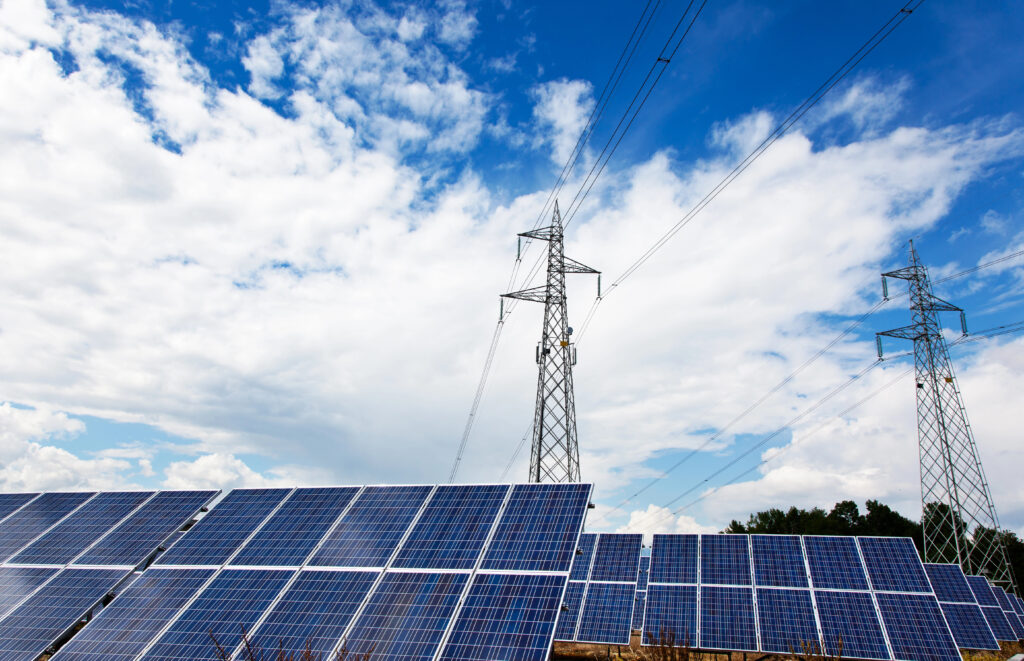
Two new studies support that a flexible interconnection structure could save time and money when interconnecting utility-scale solar and solar-plus-storage projects.
Current Duke Energy Progress (DEP) evaluations for 24 North and South Carolina projects show transmission upgrades costing nearly $200 per kilowatt hour (kWh) when constructed to avoid thermal overload. Researchers at Duke University, however, recently remodeled the projects under a “connect and manage” scenario, also known as “energy resource interconnection service (ERIS).” Rather than the current process requiring transmission investment prior to interconnection, ERIS allows renewable energy projects to connect prior to transmission buildout. These initiatives are then managed, as needed, through curtailment.
The recent study results reported that ERIS could yield significant cost savings for Duke Energy and its customers. A “connect and manage” scenario could reduce the number of transmission grid elements required to prevent thermal power flow overload by 75 percent, and additionally reduce network upgrade costs by 72 percent. Researchers have reported these findings to the Federal Energy Regulatory Commission (FERC), which oversees requests for some of the DEP projects being evaluated. Other projects—most of which are in North Carolina—fall under state authority; North Carolina does not yet allow flexible interconnection for projects in its jurisdiction.
Another Duke University study demonstrates that cost savings are not the only benefit from ERIS, but that it may also be beneficial for reducing interconnection wait times. For example, flexible interconnection is well-established in Texas, where the Electric Reliability Council of Texas (ERCOT)’s rapid utility-scale interconnection rate has continuously outperformed that of other large grid operators using other interconnection services.
Flexible interconnection was one of the solutions highlighted in the U.S. Department of Energy’ (DOE)’s interconnection roadmap, and stands as an important option to consider as part of a comprehensive interconnection reform process.

Recent Comments